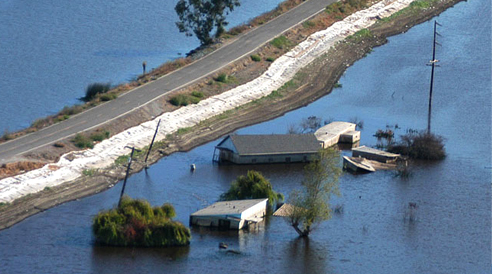PRIMARY RESIDENCE DISCLAIMER
For flood insurance rating purposes, a primary residence is a building that will be lived in by the insured or the insured's spouse for at least 80 percent of the 365 days following the policy effective date. If the building will be lived in for less than 80 percent of the policy year, it is considered to be a non-primary residence.












